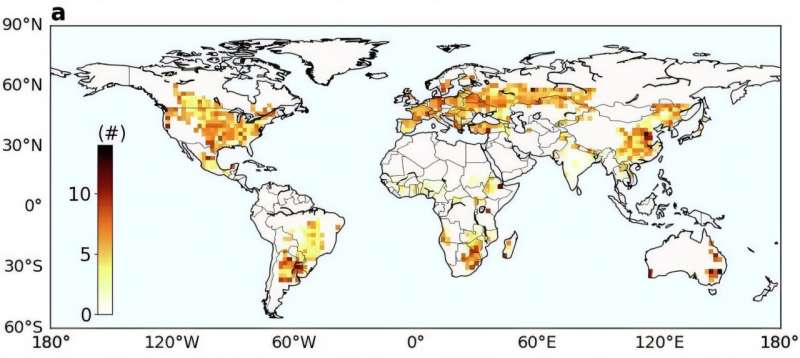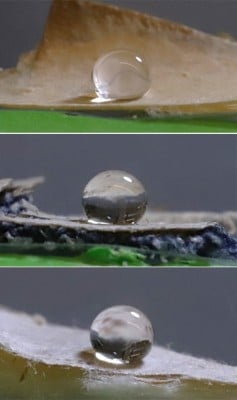A team of researchers at the UK Atomic Energy Authority (UKAEA) has made a significant advancement in fusion energy by successfully stabilizing plasma using a world-first method involving 3D magnetic coils. This breakthrough could pave the way for limitless energy production, addressing one of the major challenges in achieving practical nuclear fusion.
The experiment took place at the MAST Upgrade, the largest spherical tokamak operational today, located at the Culham Centre for Fusion Energy in Oxfordshire. The machine, which began operations in 2020, is part of a larger initiative to explore the potential of nuclear fusion as a sustainable energy source.
Fusion energy relies on the process of combining two atomic nuclei to create a heavier nucleus, releasing a vast amount of energy in the process, similar to the reactions occurring in the sun. In a tokamak, powerful magnets are used to control and stabilize the hot plasma necessary for the fusion reaction.
Despite its promise, maintaining plasma stability has long been a challenge. When conditions such as pressure, density, or current exceed optimal levels, plasma can become unstable, leading to poor performance and potential damage to the tokamak’s components.
In a recent press statement, the UKAEA team detailed how they utilized Resonant Magnetic Perturbation (RMP) coils to completely suppress Edge Localized Modes (ELMs) within the MAST Upgrade. ELMs are instabilities that arise at the plasma’s edge and can severely impact the operational integrity of fusion reactors. According to the researchers, this represents the first observed suppression of ELMs in a spherical tokamak.
James Harrison, Head of MAST Upgrade Science at UKAEA, described the achievement as “a landmark accomplishment.” He noted the significance of adapting advanced control techniques from conventional tokamaks to more compact configurations, which is essential for the development of future fusion power plants, such as the STEP program—an initiative aimed at producing net electricity from fusion by 2040.
The recent experiment was conducted during the MAST Upgrade’s fourth scientific campaign, which focused on examining plasma properties and improving plasma exhaust control. The findings from this campaign will inform the design of future ELM control systems for the STEP program, which is central to the UK’s ambitious £2.5 billion investment in nuclear fusion technology.
As the scientific community continues to explore the potential of fusion energy, overcoming the issues associated with plasma stability is crucial. The UKAEA’s breakthrough represents a hopeful step towards making nuclear fusion a viable and sustainable energy source for the future.







